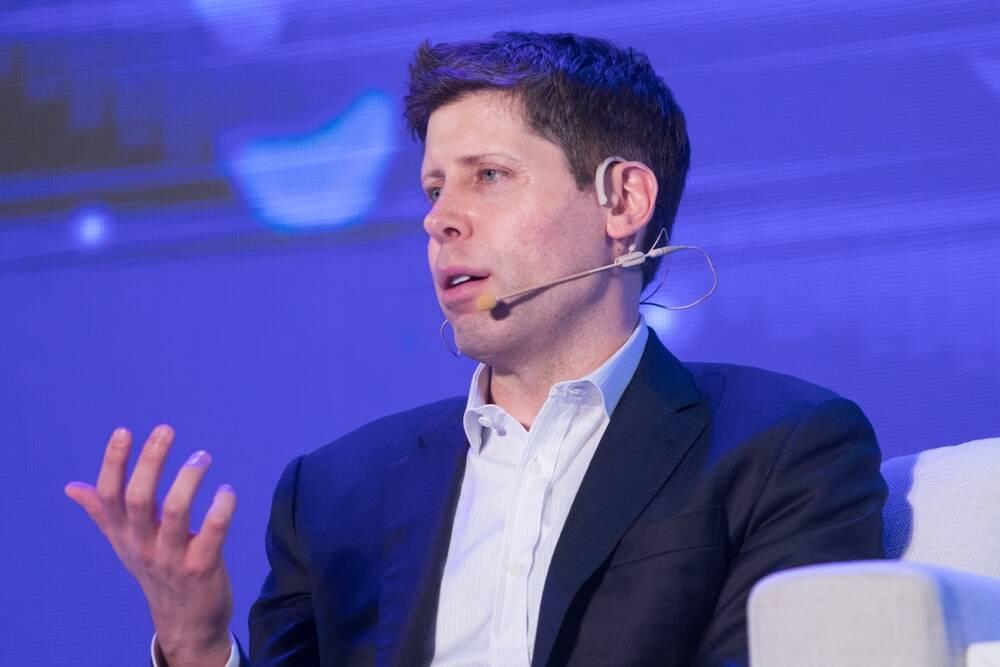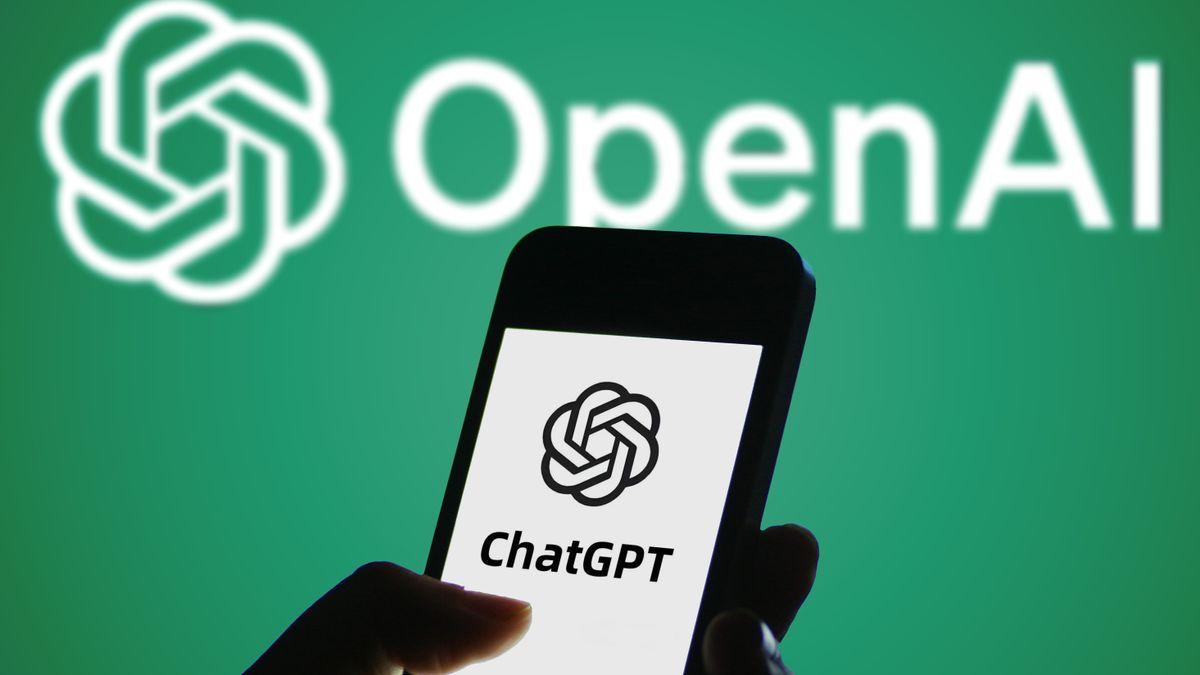Leaked Documents Reveal OpenAI's Massive Compute Costs May Exceed Revenue
2 Sources
2 Sources
[1]
Leaked documents shed light into how much OpenAI pays Microsoft
After a year of frenzied dealmaking and rumors of an upcoming IPO, the financial scrutiny into OpenAI is intensifying. Leaked documents obtained by tech blogger Ed Zitron provide more of a glimpse into OpenAI's financials - specifically its revenue and compute costs over the past couple of years. Zitron reported this week that in 2024, Microsoft received $493.8 million in revenue share payments from OpenAI. In the first three quarters of 2025, that number jumped to $865.8 million, according to documents he viewed. OpenAI reportedly shares 20% of its revenue with Microsoft as part of a previous deal where the software giant invested over $13 billion in the powerful AI startup. (Neither the startup nor the people in Redmond have publicly confirmed this percentage.) However, this is where things get a little sticky because Microsoft also shares revenue with OpenAI, kicking back about 20% of the revenues from Bing and Azure OpenAI Service, a source familiar with the matter told TechCrunch. Bing is powered by OpenAI, and the OpenAI Service sells cloud access to OpenAI's models to developers and businesses. The source also told TechCrunch that the leaked payments refer to Microsoft's net revenue share, not the gross revenue share. In other words, they don't include whatever Microsoft paid to OpenAI from Bing and Azure OpenAI royalties. Microsoft deducts those figures from its internally reported revenue share numbers, according to this person. Microsoft doesn't break out how much it makes from Bing and Azure OpenAI in its financial statements, so it's difficult to estimate how much the tech giant is kicking back. Nevertheless, the leaked documents provide a window into the hottest company on the private markets today - and not just how much it makes in revenue, but also how much it's spending in comparison to that revenue. So, based on that widely reported 20% revenue-share statistic, we can infer that OpenAI's revenue was at least $2.5 billion in 2024 and $4.33 billion in the first three quarters of 2025 - but very likely to be more. Previous reports from The Information put OpenAI's 2024 revenue at around $4 billion, and its revenue from the first half of 2025 at $4.3 billion. Altman also recently said OpenAI's revenue is "well more" than reports of $13 billion a year, will end the year above $20 billion in annualized revenue run rate (which is a projection, not guidance on actual revenue) and that the company could even hit $100 billion by 2027. Per Zitron's analysis, OpenAI may have spent roughly $3.8 billion on inference in 2024. That spend increased to roughly $8.65 billion in the first nine months of 2025. Inference is the compute used to run a trained AI model to generate responses. OpenAI has historically almost exclusively relied on Microsoft Azure to provide compute access, though it has also struck deals with CoreWeave and Oracle, and more recently with AWS and Google Cloud. Previous reports put OpenAI's entire compute spend at roughly $5.6 billion for 2024 and its "cost of revenue" at $2.5 billion for the first half of 2025. A source familiar with the matter told TechCrunch that while OpenAI's training spend is mostly non-cash - meaning, paid by credits Microsoft awarded OpenAI as part of its investment - the firm's inference spend is largely cash. (Training refers to the compute resources needed to initially train a model.) While not a complete picture, these numbers imply that OpenAI could be spending more on inference costs than it is earning in revenue. And those implications promise to add to the incessant AI bubble chatter that has seeped into every conversation from New York City to Silicon Valley. If model giant OpenAI really still is in the red running its models, what might this mean for the massive investments at jaw-dropping valuations for the rest of the AI world? OpenAI declined to comment. Microsoft did not respond to TechCrunch's request for comment. Got a sensitive tip or confidential documents? We're reporting on the inner workings of the AI industry -- from the companies shaping its future to the people impacted by their decisions. Reach out to Rebecca Bellan at [email protected] or Russell Brandom at [email protected]. For secure communication, you can contact them via Signal at @rebeccabellan.491 and russellbrandom.49.
[2]
Leaked files expose OpenAI's huge payments to Microsoft
Leaked documents reveal OpenAI's growing financial ties with Microsoft, showing payments of $494 million in 2024 and $866 million in early 2025. The company's compute costs for running AI models have soared, suggesting spending on inference may exceed revenue. OpenAI has come under fresh attention after leaked documents revealed new details about its income, spending and its financial relationship with Microsoft. The documents, obtained by tech blogger Ed Zitron, outline OpenAI's revenue figures and the cost of running its models over the past two years. Zitron said that Microsoft received $493.8 million from OpenAI in 2024 through revenue sharing. In the first three quarters of 2025, this amount rose to $865.8 million. According to unnamed sources quoted by TechCrunch, OpenAI gives Microsoft 20%t of its revenue under their large investment agreement. The same sources said Microsoft also returns about 20% of revenue from Bing and Azure OpenAI Service to OpenAI. These payments are adjusted internally before Microsoft reports its final revenue share totals, which makes the full movement of money between the two companies difficult to follow. CEO Sam Altman recently said that OpenAI's yearly revenue is far higher than the figure of $13 billion often reported. He added that the company could reach an annualised revenue run rate of more than $20 billion by the end of 2025. The leaked documents also suggest that OpenAI spent about 3.8 billion dollars on inference in 2024. Inference refers to the computing power required to run an already trained model and produce responses for users. This rose to around $8.65 billion in the first nine months of 2025. Most of this compute comes from Microsoft Azure, although the company also has agreements with CoreWeave, Oracle, AWS and Google Cloud. A source told TechCrunch that Microsoft often covers training costs through credits, but inference costs are mostly paid in cash. This creates a heavy financial load for OpenAI. The figures suggest that the company may be spending more on inference than it is earning in revenue.
Share
Share
Copy Link
Leaked financial documents show OpenAI paid Microsoft $866 million in the first three quarters of 2025, while inference costs soared to $8.65 billion, raising questions about the company's profitability and the broader AI industry's financial sustainability.

Financial Transparency Under Scrutiny
OpenAI's financial operations have come under intense scrutiny following the leak of internal documents that reveal the company's substantial payments to Microsoft and soaring compute costs. Tech blogger Ed Zitron obtained documents showing that Microsoft received $493.8 million in revenue share payments from OpenAI in 2024, with that figure jumping dramatically to $865.8 million in just the first three quarters of 2025
1
.These payments stem from OpenAI's agreement to share 20% of its revenue with Microsoft as part of the software giant's investment of over $13 billion in the AI startup
1
. However, the financial relationship between the two companies is more complex than initially apparent, as Microsoft also kicks back approximately 20% of revenues from Bing and Azure OpenAI Service to OpenAI1
.Complex Revenue-Sharing Arrangements
The leaked payment figures represent Microsoft's net revenue share rather than gross amounts, meaning they exclude whatever Microsoft paid back to OpenAI from Bing and Azure OpenAI royalties
1
. This accounting method makes it challenging to determine the true financial flow between the companies, as Microsoft deducts its payments to OpenAI from its internally reported revenue share numbers.Based on the widely reported 20% revenue-sharing arrangement, the leaked documents suggest OpenAI's revenue was at least $2.5 billion in 2024 and $4.33 billion in the first three quarters of 2025, though the actual figures are likely higher
1
. Previous reports from The Information estimated OpenAI's 2024 revenue at around $4 billion, with first-half 2025 revenue reaching $4.3 billion.Soaring Compute Costs Raise Profitability Concerns
Perhaps more concerning for OpenAI's financial outlook are the company's inference costs, which have grown exponentially. According to Zitron's analysis, OpenAI spent approximately $3.8 billion on inference in 2024, with costs ballooning to roughly $8.65 billion in the first nine months of 2025
2
. Inference refers to the computing power required to run trained AI models and generate responses for users.The company has historically relied almost exclusively on Microsoft Azure for compute access, though it has recently diversified with deals involving CoreWeave, Oracle, AWS, and Google Cloud
1
. A source familiar with the matter revealed that while OpenAI's training costs are largely covered by Microsoft credits awarded as part of the investment agreement, inference costs are predominantly paid in cash1
.Related Stories
Industry Implications and Future Projections
The financial data suggests OpenAI may be spending more on inference costs than it generates in revenue, raising significant questions about the company's path to profitability
2
. This revelation comes at a time when CEO Sam Altman has made bold revenue projections, claiming the company's annual revenue is "well more" than the frequently cited $13 billion figure and projecting an annualized revenue run rate above $20 billion by year-end, with potential to reach $100 billion by 20271
.These financial revelations have intensified discussions about the sustainability of current AI industry valuations and business models. If OpenAI, widely considered the leading AI company, is struggling with profitability despite massive revenue growth, it raises broader questions about the financial viability of the entire AI ecosystem and the jaw-dropping valuations that have become commonplace in the sector.
References
Summarized by
Navi
Related Stories
OpenAI's $74 Billion Loss Trajectory Contrasts Sharply with Anthropic's Path to Profitability
06 Nov 2025•Business and Economy

Microsoft Forecasts $1.5 Billion Loss from OpenAI Investment Amid AI Revenue Growth
31 Oct 2024•Business and Economy

Microsoft and OpenAI Negotiate $14 Billion Stake Amid Shift to For-Profit Model
19 Oct 2024•Business and Economy








